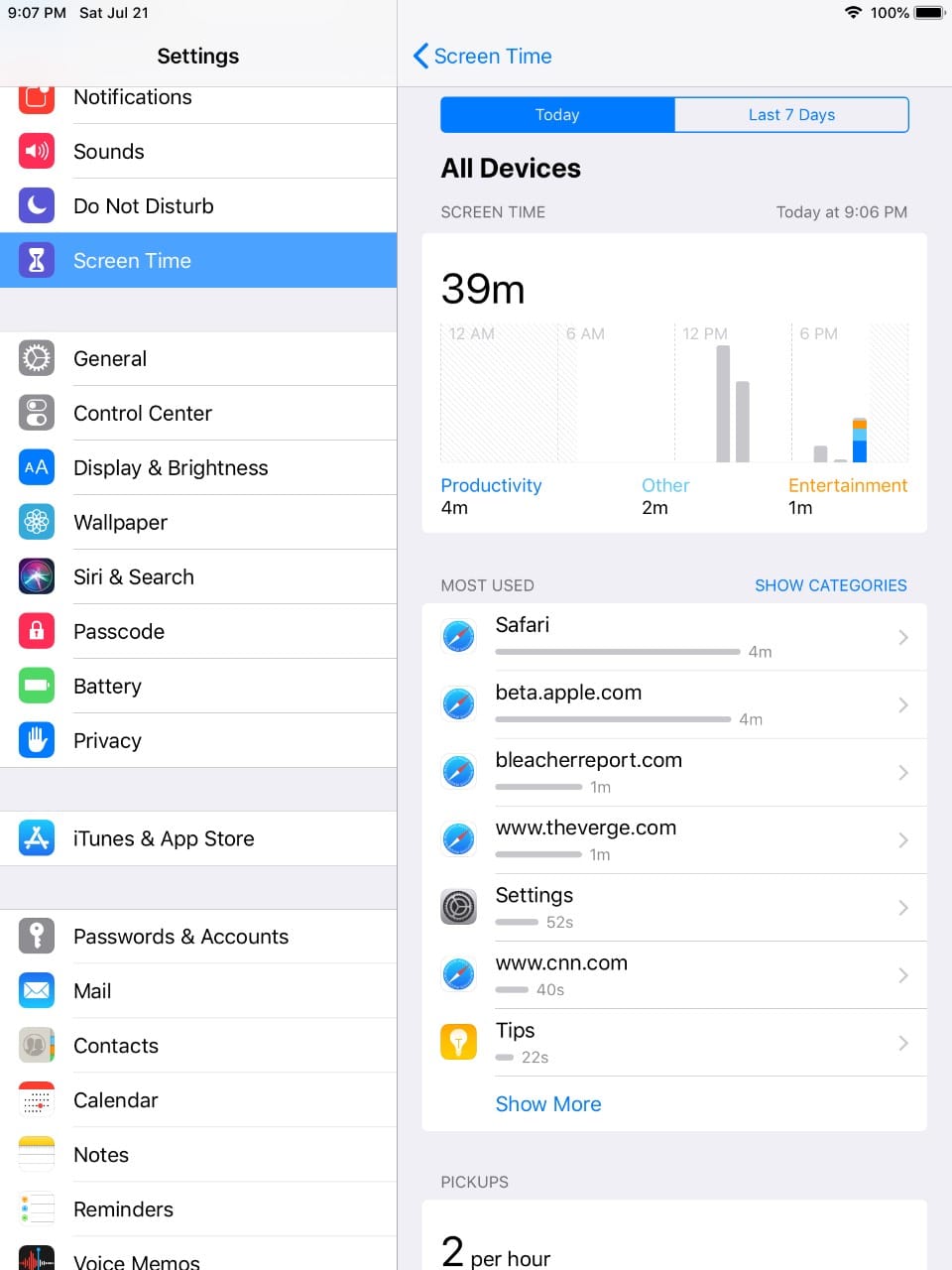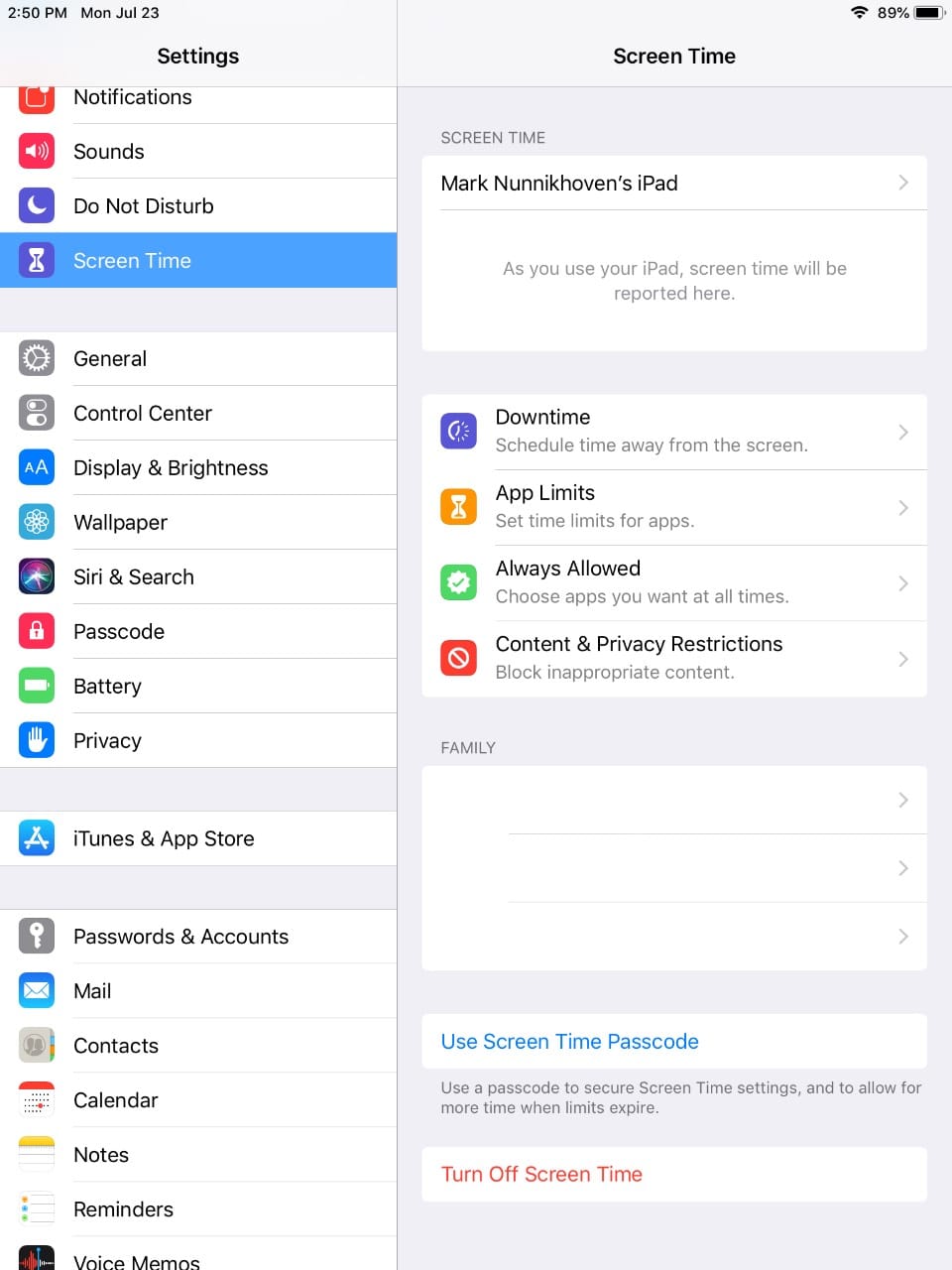The fourth radio column for my new series on CBC Radio’s Ottawa Morning. This one is a discussion with Hallie Cotnam on the challenges around smartphone addiction.
Do You Need To Get That?
You probably don’t realize just how many times you check your smartphone during the day. Recent studies put the average time spent on smartphones at over 2 hours per day!
It’s hard to imagine spending that much time on your phone but those little glances add up. We generally have a feeling that we use our devices too much. That’s what has lead to mobile-free restaurants, new rules of etiquette, and even phones designed to be “dumb”.
Any way you look at it, the amount of time we spend on our devices is enough to raise a critical question, “Are we addicted to our phones?”
Define “Addicted”
Psychologists have compared smartphone addictions to gambling addictions. A constant action with the possibility of a payoff.
Pull to refresh. Any new messages? Pull to refresh. Now? Pull to refresh…
And despite some controversy, it’s now commonly accepted that internet and smartphone addiction are very, real mental health challenges.
Multiple studies over the past few years have tried to create tools to help classify and diagnose these additions. This continues to be an active area of study but the symptoms mirror many other addictions; inability to stop, anxiety when not using the device, loss of time when using, withdrawal when attempting to stop, etc.
It’s real addiction and it raises a number of concerns for individuals and the community—especially around smartphone usage by children and youth.
Prevention
Not using a device isn’t a realistic “prevention” for most. There are very real benefits to smartphones and other mobile devices. Even when considering children and youth.
In fact, these devices have the ability to open up new possibilities and conveniences that have a tangible impact on our daily lives.
But a balance must be struck.
This is recognized by most mental health professionals and by the two major smartphone operating system creators; Apple & Google.
New Features
In an ironic twist, both Apple and Google will release new features in their upcoming operating systems—iOS 12 and Android P—that may help customers use their smartphones less.
Given the adoption rates of new iOS version when compared to Android. Apple has the potential to make the biggest impact in the shortest amount of time. iOS 12 is now available as a public beta with the generally available release expected in September for the new school year.
Both operating systems provide similar features with Apple calling theirs “Screen Time” and Android, “App dashboard” and “Shush Mode”.
Screen Time
These features provide two levels of support for addiction and general awareness. The first is a dashboard that highlights just how much your using your device. The goal here is awareness.

These dashboards provide the overall time the device is in use and rough category breakdown of how the device has been used. This is useful to understand just how much time you spend on Facebook or Twitter.
The second level of support is aimed at helping you control usage. There are various features that allow you block apps from being used at certain times or limit the duration of their use.

Other features help reduce the number of notifications or how your device alerts you that an action may be needed.
In the iOS 12 implementation you can also create “allowances” for devices using a child’s Apple ID so that your rules around Screen Time are in fact followed.
A Fine Line
Apple and Google are walking a fine line. It’s obviously in their best interests to have you using your device as much as possible.
The more value you assign to your device, the more likely you are to upgrade it often to get newer features and better performance. You’re also more likely to spend money in the ecosystem on apps and accessories.
All of these actions help the bottom line.
But if you are using the device too much and start to resent it. That resentment could lead to you disengaging from the ecosystem and that would end up hurting the bottom line.
Unlike some apps which are designed to hook you as quickly as possible and make as much money as they can in the process. These apps use every psychological trick in the book (think casinos) to increase their bottom line even if you only stay a “customer” for a few days or weeks.
Apple and Google’s business outlook improve the longer you’re a customer. That’s good news. It means finding a balance is in their—and your—interests.
What’s Next?
The smartphone has only been around in a meaningful way for a little over a decade. As a community, we are still learning about it’s impact on how we interact.
At first blush, being ultra-connected seemed like a good thing. But—as early Blackberry users can attest to—being ultra-connected can have a negative impact as well.
Like all good things, these devices are best used in moderation.
Is that possible if the apps they carry are designs to hook us? “User engagement” is a very common metric in Silicon Valley (along with user growth rates). This will always to lead to products that are more “addictive” to drive those numbers.
There’s no clear path forward given the multitude of benefits that smartphones and tablets provide. There is however, a clear need for a deeper discussion around how we use these devices and the ethics of building apps and solutions for them.